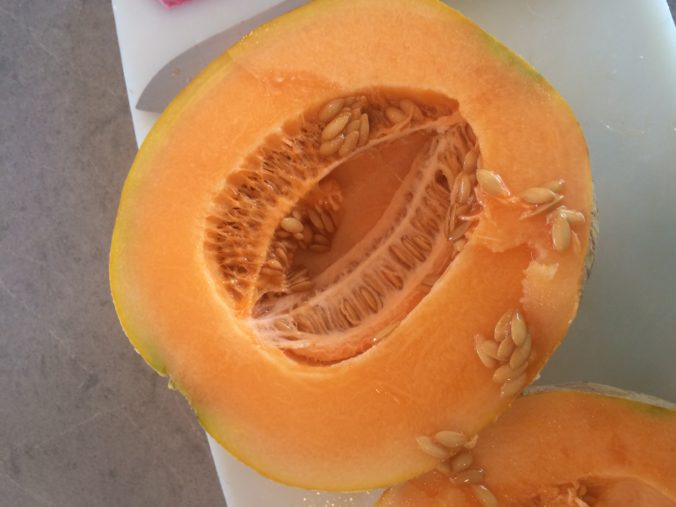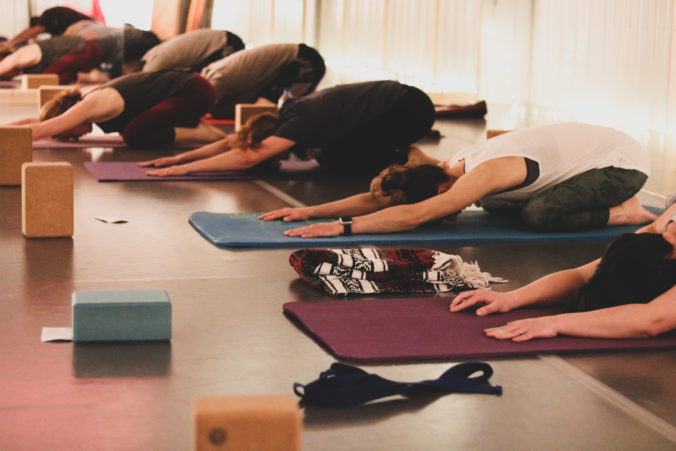I’m thankful for our church family and the experience a Sunday can bring when we gather ourselves together and make the trek to remember what God is like, in case the details of the week hides what we know to be true.
And there are Sundays, like today, that I’m glad I can be reminded by a pleasant bike ride with my children, hearing the the call of the Killdear we like to imagine as the mama who made a home in our drive this summer. I watched my children swerve for the willy worms and ask if they could come back and pick up the trash.
I found a few more zucchini in the garden that needed purpose and discovered the corn JJ tossed in as a “what if” was ready to come off. While they simmered in the pot of chowder, we sliced into a melon that came into being from a tiny seed and the sweat of our brow, a cantaloupe from our very own sliver of ground.
I listened to my kids play “band” and write stories and make up “shows” that had no purpose except for a reason for them to ask me to watch, listen, read. See me, mom. Take a second and see me. And because there is no hurry to the next place, no stricken hunger from our scurrying today, I could. I could stop, watch, listen.
As I sliced into our snack, I couldn’t help but return to Mary Oliver’s At the River Clarion in the third stanza:
3.
Of course for each of us, there is the daily life.
Let us live it, gesture by gesture.
When we cut the ripe melon, should we not give it thanks?
And should we not thank the knife also?
We do not live in a simple world.
I’ve been thinking a lot about the many, many ways to raise children, all with advantages. Sometimes I wish for the bustle of a city, the ability to walk to a store that carries curry paste. I wonder if an experience of more connection to teammates and competition would render them more socially limber.
We chose to settle into a spot of land in the middle of nowhere and from it, our children are learning about ordinary magic that pops up out of the ground or that flies over our heads every single morning.
Saint Mary of Oliver immersed me in gratitude this morning. I was reminded that remembering God isn’t always the taste of bread and juice from communion or my favorite songs and stories. This morning it was in the taste of a melon, this direct line from dirt to fruit, seed and sun to sustenance, a partnership between God and a guy who sleeps in our home and changes the lightbulbs.
We can taste that God isn’t an abstract idea out there, but a force that continually calls us to co-create. We experience the way God doesn’t provide just to pay the mortgage, but with the very cells which we welcome into our bellies to eventually become the material of a liver or a middle finger.
“If God exists he isn’t just churches and mathematics.
He’s the forest, He’s the desert…
“And if this is true, isn’t it something very important?
Yes, it could be that I am a tiny piece of God, and each of you too, or at least
mary oliver, At the river clarion
of his intention and his hope.
Which is a delight beyond measure.
I don’t know how you get to suspect such an idea.
I only know that the river kept singing.

